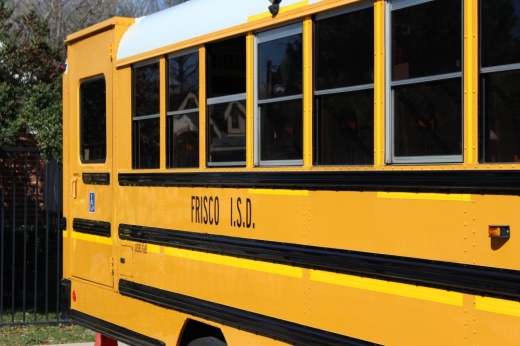These funds would be used to balance finances until the next legislative session, said Kimberly Smith, FISD’s chief finance and strategy officer, during a Feb. 29 budget workshop. The creation of the 2024-25 budget will be discussed by district staff and the board of trustees throughout the year.
Rainy day funds are used to cover unexpected expenses, such as catastrophes or other emergencies. For example, the funds were used after a 2022 hail storm damaged district buildings, Smith said.
After this school year, the district will have $66 million available in rainy day funds and would use about $13 million in 2024-25, she said.
“That’s a very manageable thing for us to [balance] through the next legislative session before we make any major changes,” Smith said.
By the numbers
Projections for the FY 2024-25 budget, as of Feb. 29, include:
- $622 million in available revenue
- $650.2 million for a baseline budget
- $8.6 million in identified costs savings
- $19.6 million shortfall
A $23 million increase in local revenue is expected from facility rental fees, earning investment income and athletics camps in the summer, Smith said.
“We expect that revenue to be ongoing,” she said.
Sorting out details
Further money savings are being recommended through:
- Eliminating positions through attrition
- Balancing class loads through master schedule review
- Scrutinizing nonpayroll budgets
- Identifying ways to increase revenue
The budget is expected to increase by $3.6 million in special population staff, such as pre-K teachers, special education teachers and elementary language coaches, Smith said. Expenditures may also increase with changes in department budgets, pay raises and inflationary costs from fuel and utilities, according to the presentation.
Opportunities to generate more revenue for the district are:
- $4.2 million by raising districtwide attendance by 1%
- $8,000 per student by opening enrollment to students outside of FISD’s boundaries
- $11.8 million generated after recapture by raising the maintenance and operations tax rate by $0.03165
To raise the maintenance and operations tax rate, FISD would need to hold a voter-approval tax rate election, also known as VATRE. The board will not make a decision to call an election until August or September, an FISD spokesperson said. If the board calls for an election, then it would be placed on the November ballot.
Next steps
The district’s budget will be built on an accelerated timeline, Smith said. This includes:
- March: Salary revenue information to be received by the Texas Association of School Boards. Preliminary personnel recommendation will be finalized. A budget workshop is scheduled for March 26.
- April: Budget recommendations and compensation plans to be finalized. Preliminary discussions will be held for child nutrition fund and debt service fund budgets. A budget workshop is scheduled for April 18.
- May: A budget workshop will be held May 2 to review near final budgets for the general fund, child nutrition and debt service budgets. A public hearing for the budget will be held May 13, with the board voting on it May 15.





